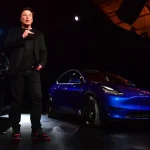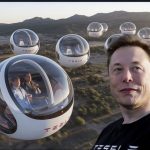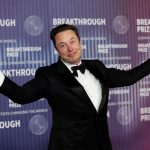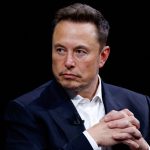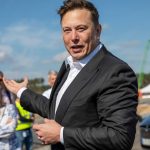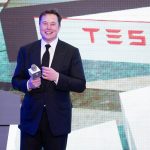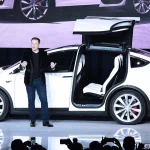No Kings protest crowds: Millions show up across US, organizers say
No Kings protest crowds: Millions show up across US, organizers say
Millions of Americans took to the streets across the country on Saturday in a massive display of dissent under the banner “No Kings,” protesting President Donald J. Trump on the same day that he presided over a military parade in Washington, D.C. Organizers of the “No Kings” movement estimate that millions of demonstrators participated in hundreds of coordinated events nationwide, from major cities like Los Angeles and New York to smaller communities across the country. The protests were designed not just as opposition to the military parade itself but as a national rebuke of what organizers described as the authoritarian tendencies of Trump’s presidency.
One of the largest turnouts was in Los Angeles, where organizers estimated over 200,000 people gathered in the downtown area. The crowd assembled early in the day and remained long after the official event ended, with peaceful marches stretching through the streets. However, the event was marred by moments of tension when law enforcement, including the Los Angeles County Sheriff’s Department, used tear gas and rubber bullets against lingering crowds. Hunter Dunn, a national spokesperson for the 50501 movement, condemned the use of force, stating, “The escalation came from law enforcement, not protesters — who responded with tear gas and violent crowd suppression. One organizer was shot directly with a rubber bullet, while passing out supplies. We unequivocally condemn this unnecessary and aggressive use of force, and we stand with every person who chose peace in the face of provocation.”
In Seattle, the turnout was also formidable. Seattle Police reported “tens of thousands” of peaceful demonstrators filling downtown streets, parks, and public spaces. The Seattle Police Department issued a social media statement praising the peaceful conduct of the majority of the demonstrators while simultaneously detailing an incident near a Department of Homeland Security building that escalated. Tukwila Police, involved in crowd control at that location, explained that they deployed tear gas after issuing multiple dispersal orders to protesters who remained in defiance of commands. Although the overwhelming majority of Seattle protesters marched peacefully, this isolated confrontation drew media attention, with some critics claiming that law enforcement’s response risked playing into President Trump’s narrative of civil unrest.
Dallas, Texas, also saw significant participation, with Dallas police reporting an attendance of 11,000 people at their city’s protests. Starting at Dallas City Hall, demonstrators voiced frustration not only at the military parade but at the Trump administration’s immigration policies, particularly the ramping-up of deportations by ICE. Fort Worth also experienced a strong showing, with 1,500 to 2,000 protesters gathering in solidarity. Despite the sizable crowd, there was no visible deployment of the 5,000 National Guard troops and 2,000 DPS officers that Texas Governor Greg Abbott had stationed in preparation for potential unrest. Dallas police officers, in a statement, said they were present to “protect protesters, non-protesters, and property,” emphasizing their goal of facilitating safe expression of First Amendment rights.
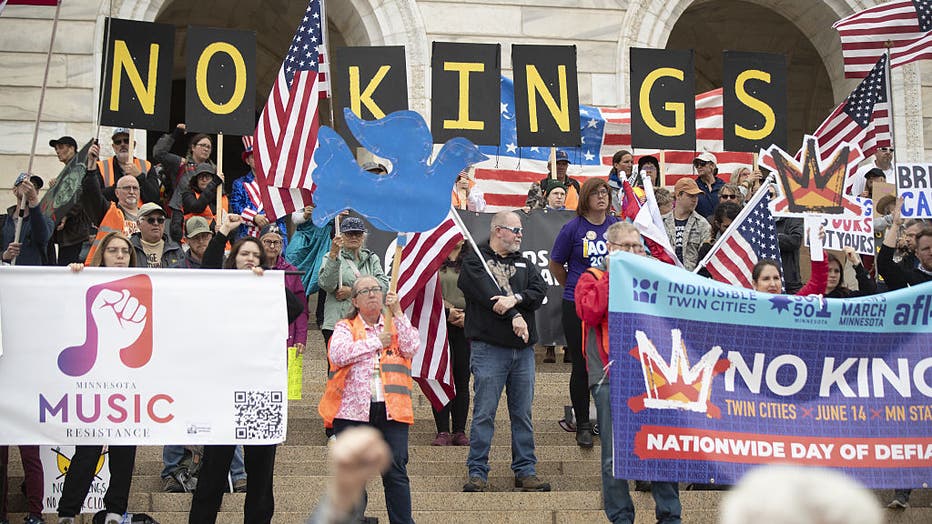
On the East Coast, New York City became another major flashpoint of the nationwide demonstrations. FOX 5 New York estimated “tens of thousands” of demonstrators, while New York Post sources reported over 50,000 participants spread across Manhattan, Brooklyn, and Queens. Protesters carried signs with messages such as “No dictators in America” and “Impeach Trump! Abolish ICE!” The atmosphere in the city was electric, with high-profile attendees like actor Mark Ruffalo and comedian Ilana Glazer lending their voices to the movement. “We the people are smarter than the people in power. We the people are more powerful than the people in power. And not for nothing, we the people actually want to live our lives. They do not want to live their lives, so they focus on controlling ours,” Glazer passionately told a cheering crowd.
Philadelphia, Denver, Chicago, Houston, and countless other cities also reported large gatherings, though official numbers were still being compiled late into the evening. Across the board, the tone was resolute but predominantly peaceful. Organizers had emphasized in advance that the protests should remain nonviolent, stressing that confrontations or property damage could be used by Trump and his supporters to paint demonstrators as un-American or lawless.
While demonstrators filled streets across the U.S., President Trump celebrated his 79th birthday with the grand military parade he had sought for years. Originally inspired by witnessing a Bastille Day celebration in Paris during his presidency, Trump had attempted to organize a similar display of American military might earlier in his term but was thwarted by logistical and financial challenges. Finally, his long-anticipated event took place, marking the 250th anniversary of the U.S. Army with an extravagant display of tanks, armored vehicles, and over 6,000 troops parading down Constitution Avenue. Trump watched from a special viewing stand south of the White House, standing and saluting repeatedly as units passed by.
In remarks at the parade’s conclusion, Trump praised the “strength of the military’s fighting forces” and echoed a phrase popular during his 2024 campaign rallies: “They fight, fight, fight, and they win, win, win.” This time, however, he adapted the line to reflect his post-assassination attempt political narrative, portraying himself as a survivor and fighter not only in politics but in life. “Every other country celebrates their victories. It’s about time America did too,” Trump said defiantly, seeking to frame the parade as a unifying event for patriotic Americans.

Despite the elaborate preparations, the crowd in Washington, D.C., failed to meet early projections of 200,000 attendees. Visible gaps appeared between groups of spectators near the Washington Monument, and reports indicated that steamy summer weather combined with scattered thunderstorms likely dampened turnout. Some critics of the event also pointed to the stark contrast between the heavily choreographed military spectacle and the spontaneous, organic energy of the “No Kings” demonstrations nationwide.
The disparity in messaging between the parade and the protests was clear. For Trump and his supporters, the day was a celebration of American strength, tradition, and military excellence. For the “No Kings” protesters, it was a day of resisting creeping authoritarianism, defending constitutional norms, and reminding the nation that patriotism is not synonymous with loyalty to a single leader.
As evening fell across the country, social media lit up with images and videos from the protests: hand-painted banners, creative signs, elderly veterans walking arm-in-arm with young students, and communities uniting across generational and ideological divides. Among the most-shared images was a massive banner unfurled in Los Angeles reading: “NO KINGS. NO TYRANTS. JUST US.” This sentiment echoed across cities large and small, in chants shouted under bridges in Chicago, along tree-lined avenues in Philadelphia, and on crowded sidewalks in Denver.

While Trump’s military parade may have delivered striking visuals and a powerful narrative for his political base, the true scope of the day belonged to the American people asserting their right to dissent. Organizers of “No Kings” made it clear that this was just the beginning. As Hunter Dunn put it, “A parade can last a day. A movement lasts as long as the people make it last. And we’re just getting started.”
The conflict between pageantry and protest that unfolded on this historic Saturday painted two competing visions for America: one of centralized authority wrapped in flags and military uniforms, the other of decentralized, defiant citizens carrying hand-painted signs. The enduring question, as the day concluded, was which vision would ultimately define the country’s future.

